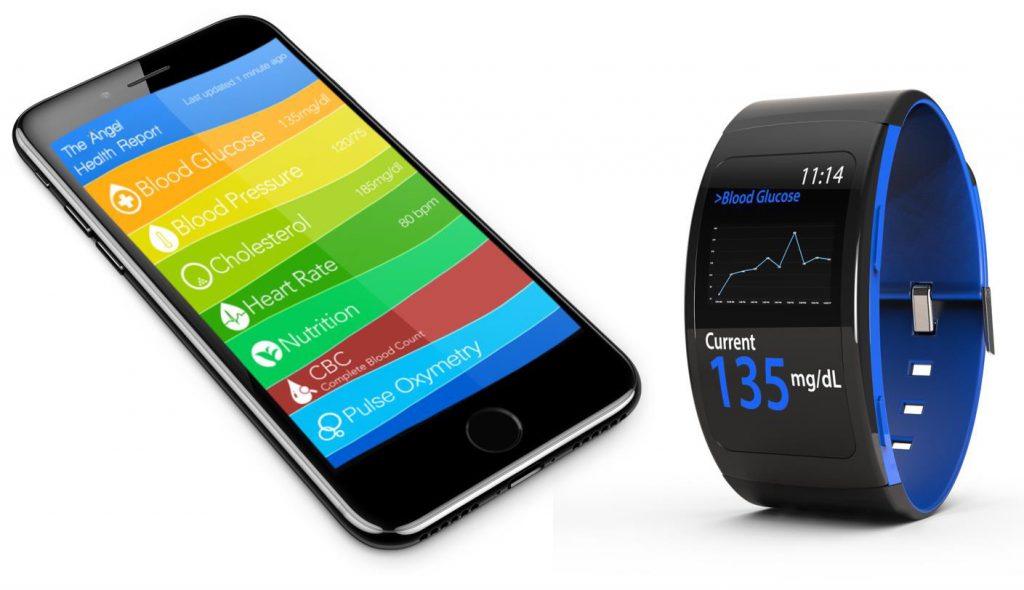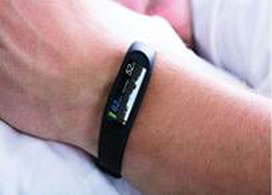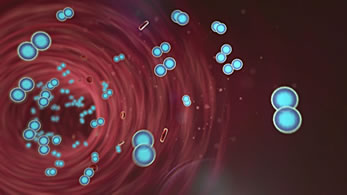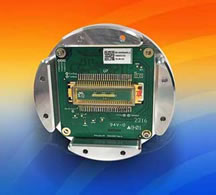Non-Invasive Continuous Glucose Monitoring
Currently glucose is monitored by the patient using biosensors in tandem with disposable test strips (over 10 billion a year). Several times a day, the patient will prick a finger, place a drop of blood on a sensor and the associated hand-held reader provides the number result. This invasive method of glucose monitoring results in insufficient patient compliance, leading to poor glucose control, resulting in long term health consequences and costs.

The American Diabetes Association advises that in the US, nearly 30 million (1 in 8) people have diabetes and incur average medical expenditures of about $13,700 each. Diabetes leads a list of just 20 diseases and conditions that account for more than half of all spending on health care in the United States, according to a new comprehensive financial analysis.
IN 2019 DIABETES: A $196 BILLION COST TO THE US POPULATION
The Opportunity
There is an opportunity to provide a small modestly-sized pocket size box and eventually a wrist wearable unit that can monitor patient glucose levels, eliminating the need to prick a finger every time the patient wants to measure their blood glucose.
Continuous glucose monitoring technology has been very slowly inching forward for many years but with limited success. Continuous monitoring methods using invasive probes or implants and chemical analysis work but have not been accepted by the market. Noninvasive electromagnetic sensing has been shown to work on a lab bench but to date, cannot handle the complexities of measuring through skin and tissue, identifying the glucose among all the constituents of blood and quantifying the glucose level in a continuously varying environment. Early attempts need to be calibrated against a finger prick daily and are not deemed to be sufficient to provide alarms for high or low glucose levels.
Compared to transdermal technology, alternative optical technology offers more options, including polarimetry, Raman spectroscopy, scattering/occlusion spectroscopy, near infrared spectroscopy, fluorescence, photo-acoustic spectroscopy, optical coherence tomography, etc. To date, the medical market lacks a product for optical continuous glucose monitoring. However, owing to the prevalence of diabetes, optical technology has attracted increasing scientific attention. Among all types of glucose sensors, fluorescence is considered the most promising technology for creating the ideal glucose sensor.
Bluetronix is convinced that the recent rapid advances in sensor technology, big data analysis, computing power, artificial intelligence and swarm technologies provide a path to success, overlooked by past researchers.
Technical Approach
Bluetronix, an Artificial Intelligence, Sensor, Data Acquisition and Internet of Things based company, has been a winner of multiple development contracts from the US Department of Defense, Defense Advanced Research Projects Agency, US Army Communications – Electronics Command, NASA and the Air Force Research Labs and is the holder of artificial intelligence for communications, logistics, data analysis, autonomous systems, IoT and collective distributed intelligence.
Each of the many electromagnetic wavelengths and spectroscopic analysis methods is good at sensing different attributes of the body tissues and blood. This has been repeatedly demonstrated by researchers in their laboratories. Combined, these sensors can identify most of the various molecules in the blood, including glucose. The utilization of multiple sensor technologies and spectroscopic methods will provide sufficient data to identify and quantify glucose, but it will be a very large data set. Bluetronix intends to apply its data analysis expertise and patented technologies to create algorithms to reduce this data to obtain an accurate measurement of glucose in the blood.
The sensor will be designed for extended response in the light spectrum from 400-2200nm with specified quantum efficiency across this range. Several spectroscopic modes will be utilized. This unique multi-spectral approach allows for consistent and accurate verification of blood sugars quickly (within seconds). Bluetronix expects to achieve a 98% or greater accurate detection of the glucose level.



Summary of Unique Technologies & Capabilities
- Non-invasive Glucose Monitoring Device that does not require daily calibration
- Incorporates unique, multi-spectral optical laser sensor for glucose reading
- Able to learn through operation
- Utilizes patented AI technology for pattern recognition & data analytics
- Accuracy above 95%
- Provides reminders and alarms to the patient
- Smartphone network connectivity and cloud computing subscription service
- Logging and custom cloud capability and subscription service
- Technology protected with proprietary algorithms
- Other blood analysis cholesterol, blood flow, blood pressure, thickness/thinness, illegal drugs, skin cancer, others
